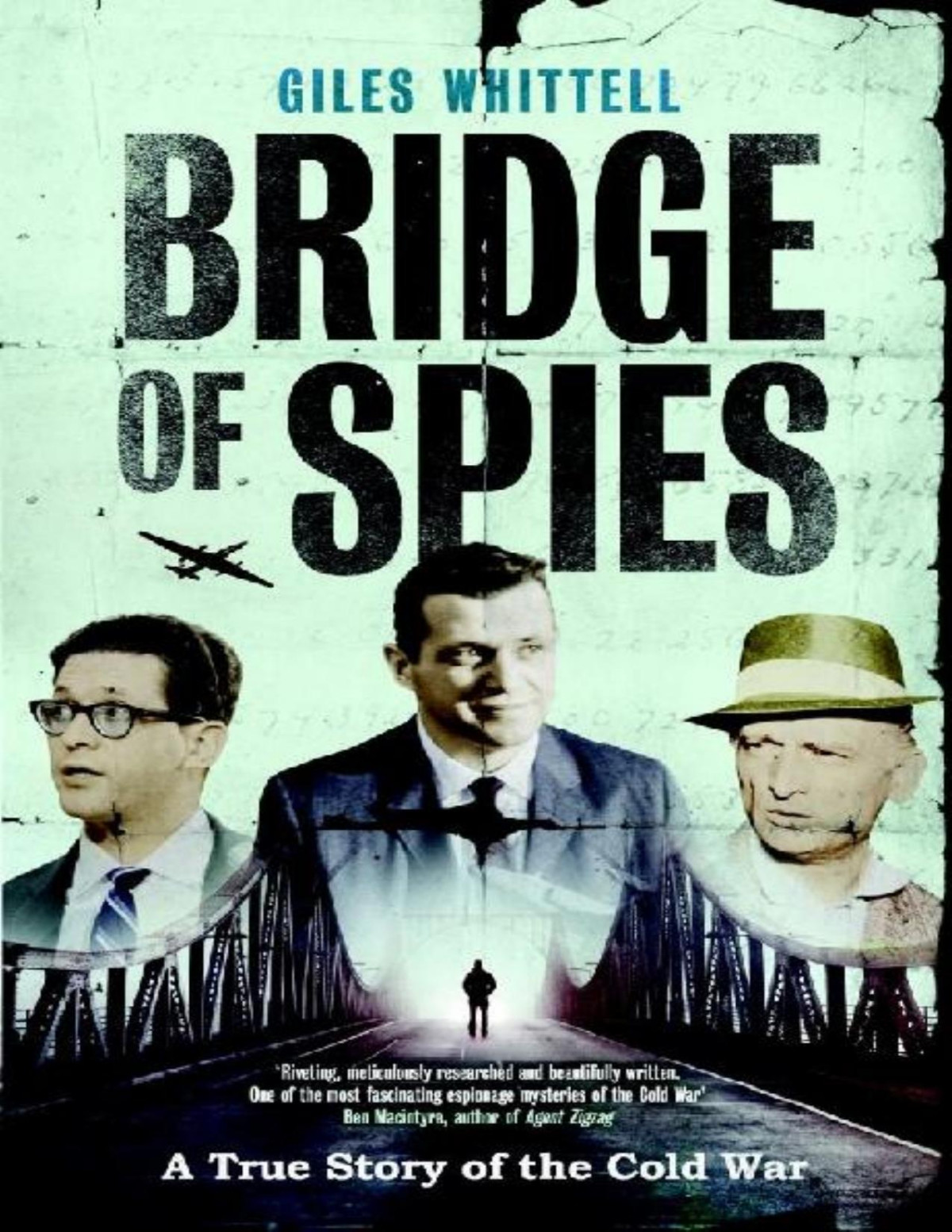

Most ebook files are in PDF format, so you can easily read them using various software such as Foxit Reader or directly on the Google Chrome browser.
Some ebook files are released by publishers in other formats such as .awz, .mobi, .epub, .fb2, etc. You may need to install specific software to read these formats on mobile/PC, such as Calibre.
Please read the tutorial at this link: https://ebookbell.com/faq
We offer FREE conversion to the popular formats you request; however, this may take some time. Therefore, right after payment, please email us, and we will try to provide the service as quickly as possible.
For some exceptional file formats or broken links (if any), please refrain from opening any disputes. Instead, email us first, and we will try to assist within a maximum of 6 hours.
EbookBell Team

4.0
16 reviewsWho were the three men the Soviet and American superpowers exchanged on Berlin's Glienicke Bridge on February 10, 1962, in the first and most legendary prisoner exchange between East and West? Bridge of Spies vividly traces the journeys of these men, whose fate defines the complex conflicts that characterized the most dangerous years of the Cold War. Bridge of Spies is a true story of three men - Rudolf Abel, a Soviet Spy who was a master of disguise; Gary Powers, an American who was captured when his spy plane was shot down by the Russians; and Frederic Pryor, a young American doctor mistakenly identified as a spy and captured by the Soviets. The men in this three-way political swap had been drawn into the nadir of the Cold War by duty and curiosity, and the same tragicomedy of errors that induced Khrushchev to send missiles to Castro. Two of them - the spy and the pilot - were the original seekers of weapons of mass destruction. The third was an intellectual, in over his head. They were rescued against daunting odds by fate and by their families, and then all but forgotten. Even the U2 spy-plane pilot Powers is remembered now chiefly for the way he was vilified in the U.S. on his return. Yet the fates of those men exemplified the pathological mistrust that fueled the arms race for the next 30 years. This is their story.
**